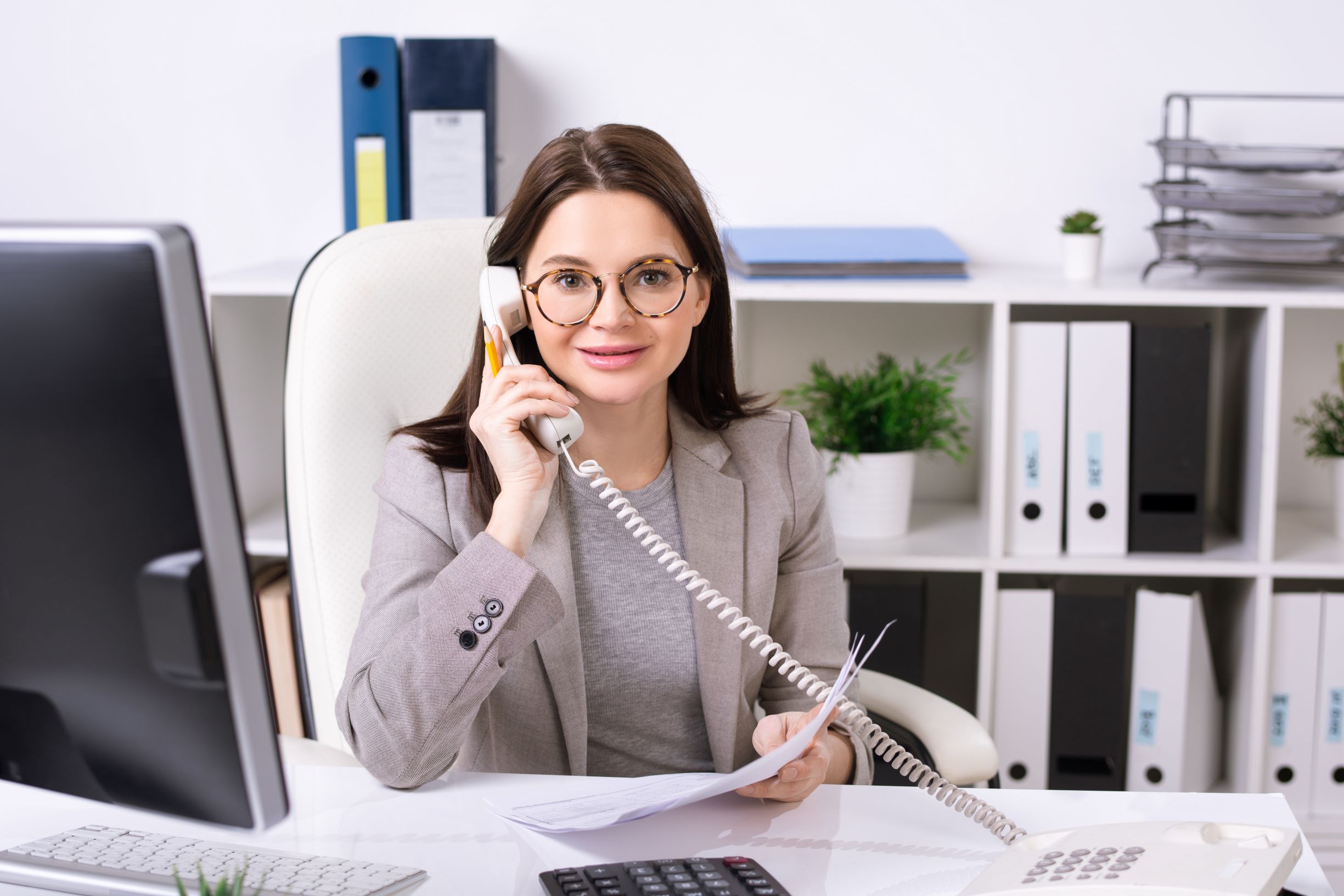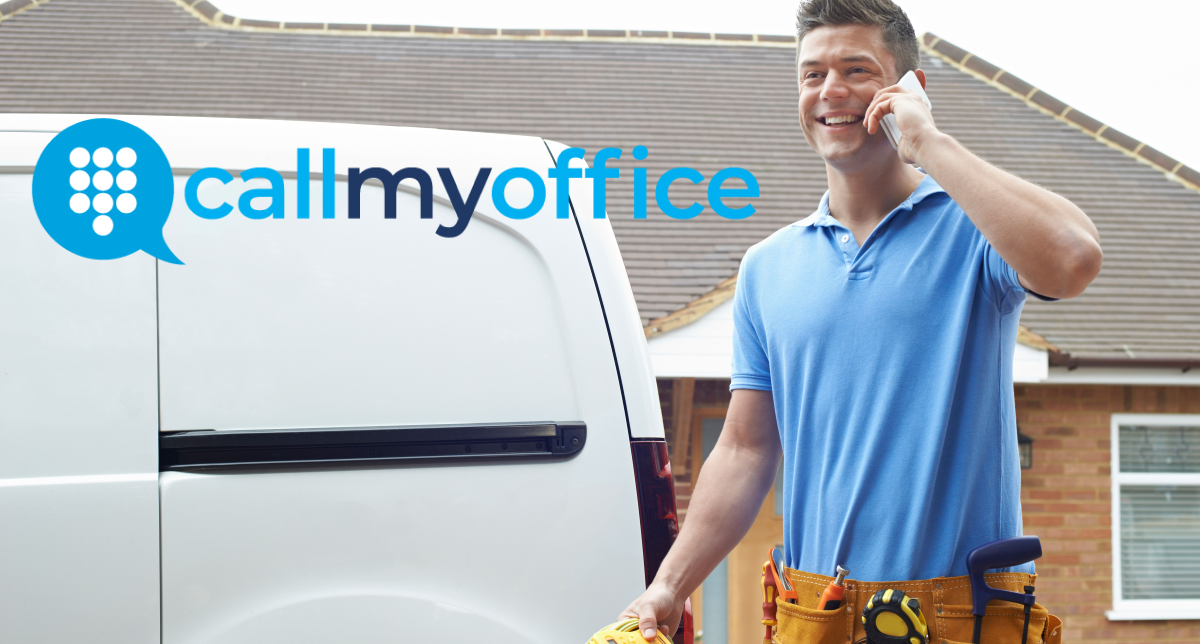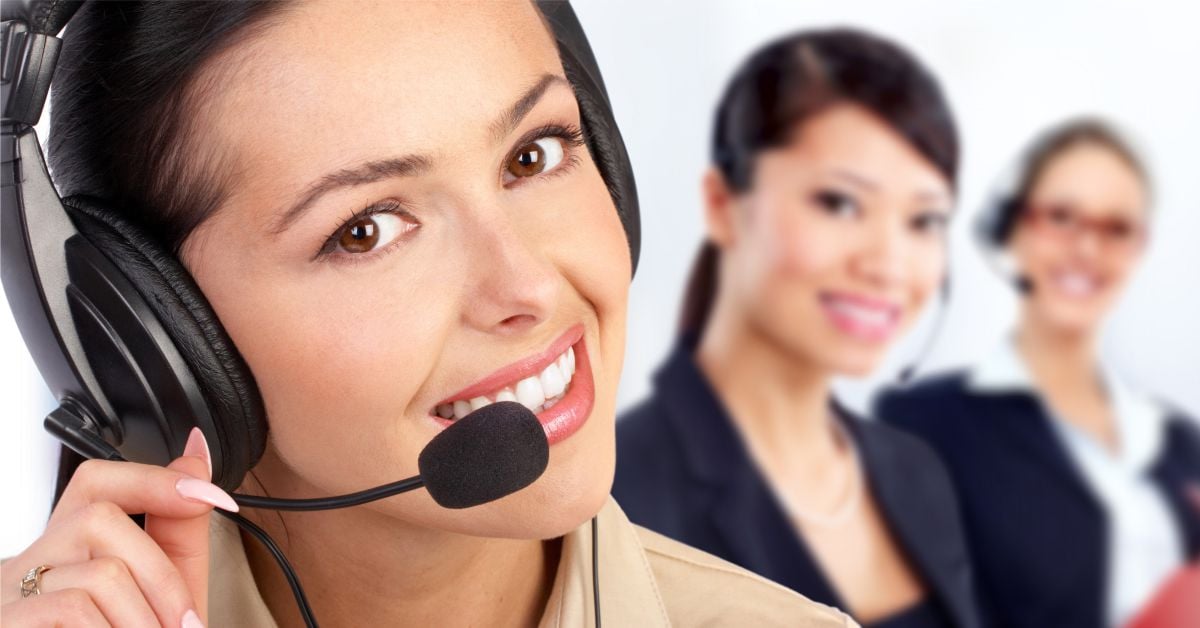All Categories
Featured
Table of Contents
- – What Is A Good Price For A 17 Reasons Why You N...
- – What Is The Best 4 Different Types Of Business...
- – What Is The Best 6 Statistics That Prove Your ...
- – How To Buy The Best Answering Service Jobs In...
- – What Is The Best Telephone Answering Service ...
- – What Is The Best What Is An Answering Servic...
What Is A Good Price For A 17 Reasons Why You Need A Telephone Answering Service?
This gadget and its successors were created by Sava Jacobson, an electrical engineer with a private consulting organization. While early answering machines utilized magnetic tape innovation, most modern-day equipment uses solid state memory storage; some devices use a combination of both, with a solid-state circuit for the outgoing message and a cassette for the incoming messages.
"toll conserving" listed below) (business answering service). This is beneficial if the owner is evaluating calls and does not wish to talk with all callers. In any case after going, the calling celebration must be informed about the call having been addressed (in many cases this begins the charging), either by some remark of the operator, or by some greeting message of the little, or dealt with to non-human callers (e.
This holds particularly for the Littles with digitally saved welcoming messages or for earlier devices (before the increase of microcassettes) with a special limitless loop tape, separate from a second cassette, devoted to recording. There have been answer-only devices without any recording abilities, where the welcoming message needed to inform callers of a state of present unattainability, or e (telephone answering service).
What Is The Best 4 Different Types Of Business Phone Answering Services For Me

about availability hours. In recording Littles the greeting usually includes an invitation to leave a message "after the beep". An answering machine that utilizes a microcassette to record messages On a dual-cassette answerphone, there is an outbound cassette, which after the specified number of rings plays a pre-recorded message to the caller.

Single-cassette answering machines contain the outgoing message at the beginning of the tape and incoming messages on the remaining space. They initially play the statement, then fast-forward to the next available space for recording, then tape the caller's message. If there are numerous previous messages, fast-forwarding through them can trigger a considerable delay.
This beep is typically referred to in the welcoming message, requesting that the caller leave a message "after the beep". Little bits with digital storage for the taped messages do not show this hold-up, obviously. A little may use a remote control center, whereby the answerphone owner can ring the house number and, by entering a code on the remote telephone's keypad, can listen to tape-recorded messages, or delete them, even when far from home.
What Is The Best 6 Statistics That Prove Your Business Needs A Phone ... - Blog Deal Out There

Therefore the machine increases the number of rings after which it addresses the call (generally by two, resulting in 4 rings), if no unread messages are presently kept, however answers after the set number of rings (normally two) if there are unread messages. This permits the owner to discover out whether there are messages waiting; if there are none, the owner can hang up the phone on the, e.
Some devices likewise allow themselves to be from another location triggered, if they have actually been changed off, by calling and letting the phone ring a certain big number of times (normally 10-15). Some provider desert calls currently after a smaller variety of rings, making remote activation impossible. In the early days of TADs a special transmitter for DTMF tones (dual-tone multi-frequency signalling) was regionally required for remote control, given that the previously employed pulse dialling is not apt to communicate suitable signalling along an active connection, and the dual-tone multi-frequency signalling was implemented step-by-step.
Any incoming call is not identifiable with respect to these properties in advance of going "off hook" by the terminal equipment. So after going off hook the calls should be switched to suitable gadgets and only the voice-type is immediately available to a human, but perhaps, nonetheless should be routed to a LITTLE BIT (e.
How To Buy The Best Answering Service Jobs In All Australia
What if I told you that you do not need to in fact select up your gadget when addressing a client call? Somebody else will. So practical, ideal? Addressing telephone call doesn't require someone to be on the other end of the line. Efficient automated phone systems can do the technique just as efficiently as a live agent and often even much better.
An automated answering service or interactive voice response system is a phone system that interacts with callers without a live individual on the line - virtual answering service. When companies utilize this technology, clients can get the answer to a concern about your service just by utilizing interactions established on a pre-programmed call circulation.
Although live operators upgrade the client service experience, many calls do not require human interaction. An easy documented message or directions on how a client can retrieve a piece of info usually solves a caller's immediate requirement - call answering services. Automated answering services are an easy and effective way to direct incoming calls to the ideal individual.
What Is The Best Telephone Answering Service - Answer My Phone Brand
Notice that when you call a company, either for assistance or item questions, the very first thing you will hear is a pre-recorded voice welcoming and a series of options like press 1 for client service, press 2 for questions, and so on. The pre-recorded choices branch out to other options depending upon the consumer's selection.
The phone tree system helps direct callers to the ideal individual or department utilizing the keypad on a mobile phone. In some instances, callers can use their voices. It's worth noting that auto-attendant options aren't restricted to the ten numbers on a phone's keypad. Once the caller has chosen their first alternative, you can design a multi-level auto-attendant that utilizes sub-menus to direct the caller to the ideal kind of support.
The caller does not need to interact with an individual if the auto-attendant phone system can handle their concern. The automatic service can route callers to an employee if they reach a "dead end" and require help from a live representative. It is expensive to employ an operator or executive assistant.
What Is The Best What Is An Answering Service? In The World
Automated answering services, on the other hand, are significantly cheaper and provide significant expense savings at approximately $200-$420/month. Even if you do not have devoted personnel to manage call routing and management, an automated answering service enhances productivity by enabling your team to focus on their strengths so they can more efficiently invest their time on the phone.
A sales lead routed to client service is a lost shot. If a consumer who has product concerns reaches the incorrect department or gets insufficient answers from well-meaning employees who are less trained to handle a particular kind of question, it can be a cause of aggravation and dissatisfaction. An automatic answering system can reduce the variety of misrouted calls, thus helping your staff members make better usage of their phone time while releasing up time in their calendar for other tasks.
With Automated Answering Systems, you can produce a tailored experience for both your staff and your callers. Make a recording of your main welcoming, and merely upgrade it frequently to reflect what is going on in your organization. You can create as lots of departments or menu alternatives as you want.
Table of Contents
- – What Is A Good Price For A 17 Reasons Why You N...
- – What Is The Best 4 Different Types Of Business...
- – What Is The Best 6 Statistics That Prove Your ...
- – How To Buy The Best Answering Service Jobs In...
- – What Is The Best Telephone Answering Service ...
- – What Is The Best What Is An Answering Servic...
Latest Posts
Reliable Virtual Reception Solutions
Phone Answering Service Near Me – Hobart
Dependable Phone Answering Service Near Me
More
Latest Posts
Reliable Virtual Reception Solutions
Phone Answering Service Near Me – Hobart
Dependable Phone Answering Service Near Me